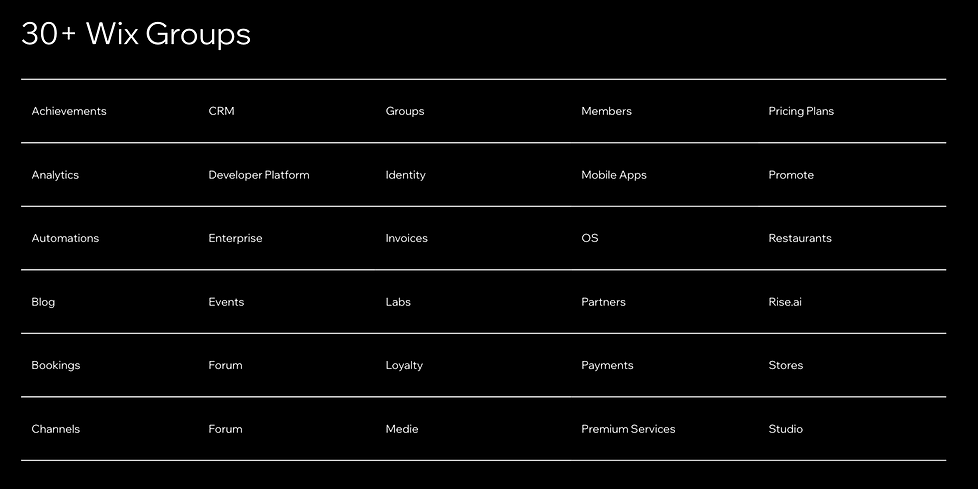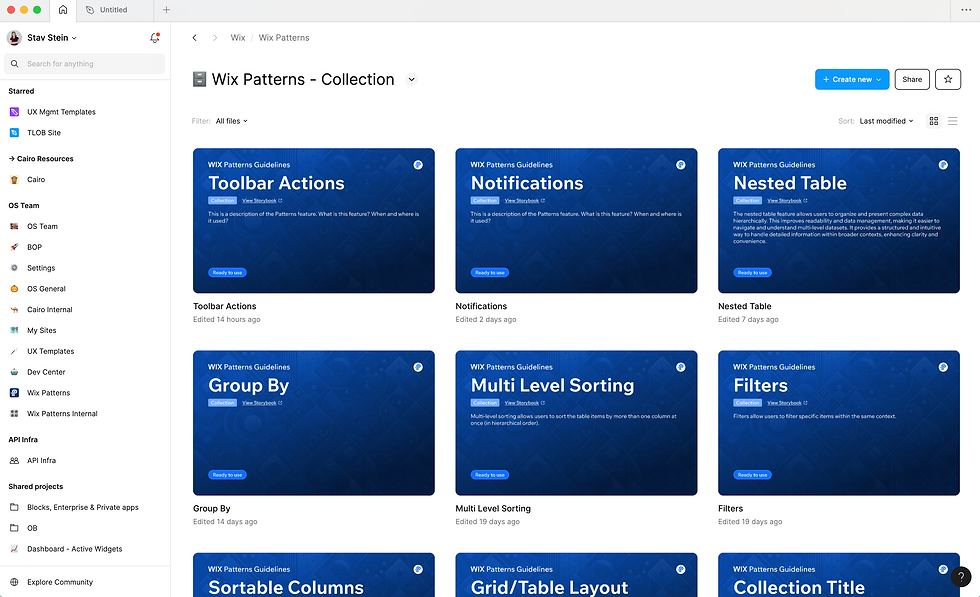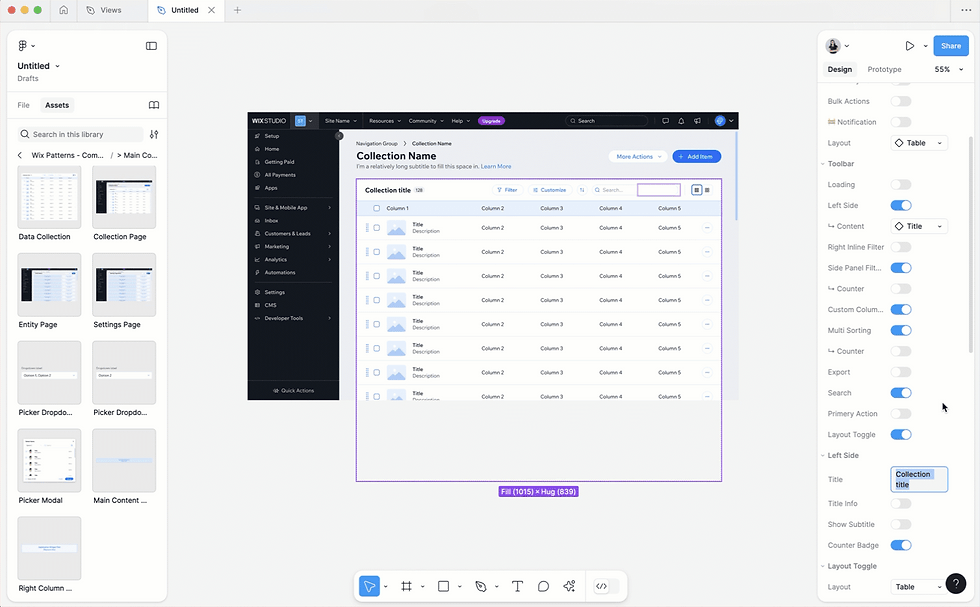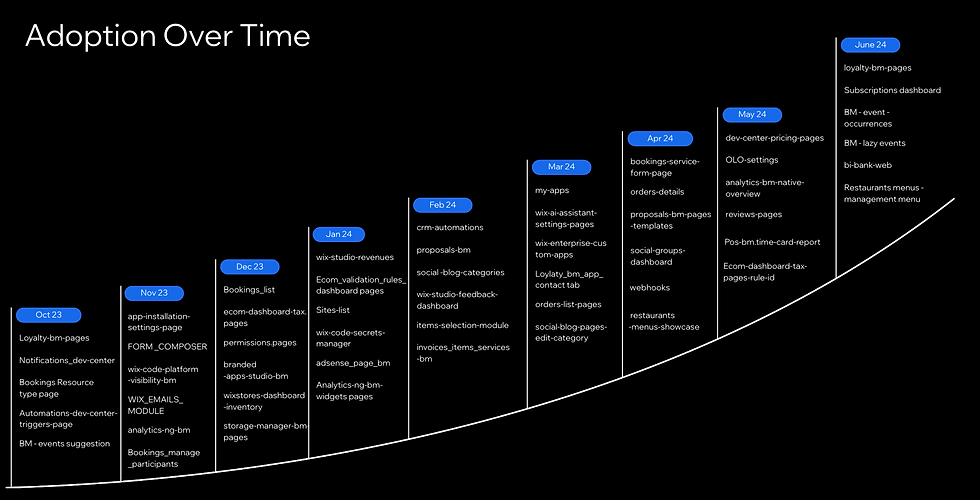Wix Patterns: Transforming Back-Office UX
Product case-study
Role: Lead Product Designer
The Challenge
Wix’s back-office tools had become fragmented across over 30 product teams, leading to duplicated work, inconsistent UX, and slow development, especially for data-heavy components like tables. Creating a functional, scalable table could take 3–6 months per team.


In each product group, UX teams work on specific products. They are doing specific research based on the business needs and user needs and therefore making unique product solutions for those segments.
The Approach / Early Research
You led a cross-functional team to conduct audits, stakeholder interviews, and competitor analysis. The team identified table components and inconsistent navigation as top pain points and set out to create a reusable, high-quality design system.

Research our own back-office UX Patterns

Data managment features research
Key Insights
-
Fragmentation slowed product development and degraded user experience.
-
Teams needed ready-to-use, platformized components to build efficiently.
-
Successful UX systems require both technical tooling (Storybook) and design assets (Figma), plus ongoing collaboration and validation.


Advanced Patterns Figma Library
Results
-
Launched Wix Patterns with reusable components used across new products.
-
First rollout with Wix Bookings cut dev time dramatically and improved performance.
-
Significant UX wins: faster service creation, improved engagement, fewer support tickets.
-
Adopted company-wide and continues to expand with advanced components and external tools.


The new Booking's Services page

Wix Patterns Adoption Over time
Developing a New Quality Methodology
The failure of the Quality Blitz approach led me to realize that we needed a custom methodology that better suited our group's needs, especially given our reliance on other platforms and our central role in Wix's broader efforts. Here's how we turned things around:

